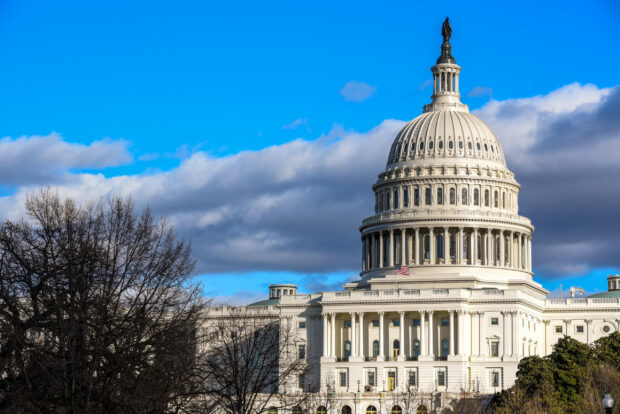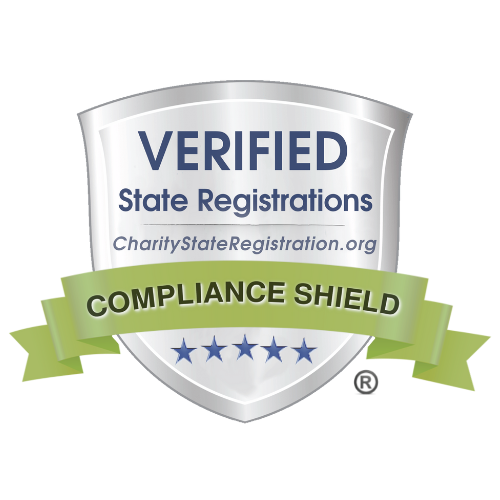IAVA | March 17, 2015
Read: Statement of Chris Neiweem before the Subcommittee on Economic Opportunity HVAC

March 17, 2015
Chairman Wenstrup, Ranking Member Takano, and Distinguished Members of the Subcommittee:
On behalf of Iraq and Afghanistan Veterans of America (IAVA) and our nearly 400,000 members and supporters, thank you for the opportunity to share our views with you at today’s hearing examining higher education opportunities for the newest generation of veterans.
IAVA is proud to have played a leading role in the fight for the Post9/11 GI Bill in 2008,including helping to build a united front among veterans organizations and a bipartisan consensus in Congress. Today, preserving and defending this critical benefit remains a top priority for our organization and our members.
There are three overarching themes relevant to the topic of this hearing that stand out in the feedback we have received from IAVA members across the country, and I’ll focus my testimony here on those three themes, which are:
● While recent IAVA membership survey data show an overwhelmingly positive
experience utilizing the Post9/11 GI Bill, late payment disbursements still
continue to occur and cause hardship for our members;
● Oncampus support programs are maximizing veterans’ chances for success
during college, but model programs can be strengthened; and
● General feedback related to VA’s complaint system created through Public Law
112249, The Improving Transparency of Education Opportunities for Veterans
Act of 2012.
IAVA Member Feedback on the Post9/11 GI Bill
Our members’ feedback on the Post9/11 GI Bill has been overwhelmingly positive. The 2014 IAVA Membership Survey indicated that more than half of those surveyed or their dependents have used the Post9/11 GI Bill, and a majority reported a “good” or “excellent” experience using this benefit. Additionally, an online poll conducted last week by our Research Department confirmed that our members have a highly favorable rating for and utilization rate of the Post9/11 GI Bill program. However, more than onethird of those that have used the Post9/11 GI BIll reported being impacted by late payments. In fact, many respondents reported delays with more than 3 payments. Student veterans often rely heavily or entirely on their education
benefits to support themselves and their households, and even one missed or late payment can have a detrimental impact on their ability to focus on their academics.
To the VA’s credit, nearly half of those who received late payments did believe that the VA assisted in resolving their issues. It is encouraging to see VA stepping in to quickly fix errors and address these issues as they surface. However, late payments continue to occur, and it is critical that VA take corrective action to eliminate these occurrences
altogether.
IAVA’s Rapid Response Referral Program (or RRRP) frequently assists post9/11 veterans who are experiencing issues such as these, and we will continue to assist these veterans and the VA in any way we can. The Post9/11 GI Bill is an historic benefit that continues to positively impact new veterans, and we appreciate the VA’s work in this area toward the goal of consistent timely delivery of this benefit.
OnCampus Support Programs
Service members and veterans are among the most driven, disciplined, and motivated individuals, but transitioning from an active duty military environment to civilian life on a college campus can be disorienting and frustrating, especially for those who have recently returned from one or more combat deployments. It is, therefore, critical that colleges and
universities do all they can to make themselves military and veteran friendly. One IAVA member echoed this sentiment by characterizing his matriculation as getting off to “a very rough start.” However, he then followed up by recounting, “… once I transferred to a military and veteran friendly institution, it was MUCH smoother.”
Many colleges across the country have already created and maintain successful student veteran support operations. Rutgers University, for example, has 5 staff members solely dedicated to serving student vets including a Director of Veterans’ and Military Programs and Services. This staff supports the more than 1,000 veterans in the Rutgers system,
which has shown high academic retention rates.
The programs at colleges around the country that we hear work the best typically share some common characteristics. One such feature that successful models incorporate is veteran peertopeer outreach and support. Veteran alumni or student veteran leaders creating social networks often result in strong academic bonds among the student vet cohort and support meaningful longterm connections. The importance of the vet to vet connection cannot be understated, and this characteristic should be replicated in as many oncampus support programs as possible.
While many universities are fortunate enough to have model programs like this, other schools have been limited to only providing the services their budgets can afford. In 1972, Congress established a program encouraging universities to serve the special needs of Vietnam Veterans who were using the Montgomery GI Bill to attend school. The Veterans Cost ofInstruction Program (VCIP) was a mandatory grant program that required grant recipients to maintain a fulltime office and provide outreach, recruitment, and counseling services, as well as special education programs for veterans.
Now in the era of the Post9/11 GI Bill, Congress should consider a similar VCIP like program for today’s veterans in order to maximize this new benefit’s impact. Promoting the expansion of proven oncampus supports that promote the best environment for veterans to succeed during their academic careers is smart policy. Strong campus support can mean the difference between a veteran not completing a degree program or graduating successfully and going on to a rewarding career.
Congress, the private sector, and nonprofit organizations should continue to invest in promoting oncampus support programs for veterans attending college, given that these programs have the potential to greatly increase veterans’ chances for success both academically and in the workforce after graduation.
The VA Complaint System
The VA Complaint System was developed to allow student veterans receiving GI Bill education benefits to submit feedback in the event they feel their school is not complying with the Principles of Excellence required by President Obama’s Executive Order 13607. The system is currently structured so that VA receives the complaint through an automated intake mechanism, then notifies both the school and the student that a complaint has been received. At that point, the school must reply to the complaint and VA then serves as the “middle man” until the issue is resolved. In the meantime, the complaint is stored within the Federal Trade Commission’s (FTC) Sentinel Database where appropriate state and local agencies can review it.
This accountability mechanism is a big step forward in protecting veterans from predatory institutions and companies that may not be serving the student’s best interest. However, IAVA has noted some problems with its implementation.
Although the intake process is automated, the rest of the process is lax and inefficient. When a notification of a complaint is issued to a school, corrective action often takes weeks or months to resolve common issues. Schools can also generate wholly insufficient responses and classify those responses as resolutions. Clear guidance must be promulgated to schools in order to communicate expectations in not only the substance of responses to student complaints, but also in response timeliness.
Another issue relates to the capture and housing of schools’ responses. Since VA must translate the response or recopy it into the complaint system, there are currently more than 1,000 complaints backlogged and the process is simply not yielding timely results. VA should automate more of the process so the school’s response is immediately received within the same system in which the complaint was initially filed. This will ensure that the complaint and the response are housed together, and it will allow for a smoother, more manageable, and more accountable process and system. VA should also impose a response time requirement of 2030 days so that veterans with outstanding issues are not left waiting for months on end to see those issues resolved.
This oversight tool is a great mechanism for holding institutions of higher learning accountable to the veterans who are spending their well deserved and generous GI Bill education benefits on those schools. However, the complaint response protocol must keep pace with the fundamental purpose that was it intended for that is, to resolve student veteran concerns in a timely manner.
Mr. Chairman, thank you again for the opportunity to offer our views and recommendations before the Subcommittee today, and I am happy to answer any questions you may have.





